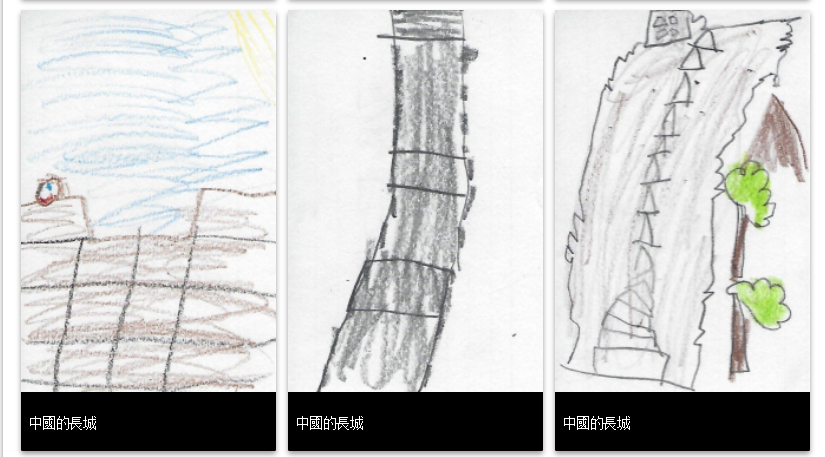This lesson is for : Grade 5:
Summary
When you are researching a place to visit online, how can we tell whether the POV (point of view) of something you read is by a VOP (very opinionated person)? That’s the question our fifth grade class will answer as we examine the facts, opinions, and points of view in websites we create about states in the southeast region. First we do a quick Google search for a local landmark (Lewis Ginter Botanical Gardens) and look at the facts and opinions written about it. We determine the POV of the authors and evaluate whether they are reliable. We discuss the problem of “fake” negative reviews, stressing the importance of being able to distinguish between facts and opinions and determine the points of view and reliability of the authors. Writers who have actually been to the place are more reliable than ones who haven’t. Now it’s our turn to create websites about the southeastern states (SE2.2b,c) using facts, opinions, and our own personal points of view (SOL 5.5f, 5.6i). Each student chooses a state to research (preferably one they have visited), and we use Tackk to create our websites. Next we post the links on Google classroom so we can look at each others’ sites and comment on them. We identify the facts and opinions in our classmates’ websites and determine whether the POV is by a VOP. Can you? Take a look at some samples here.
TIPC Ratings
Research & Information Fluency
Rating: Approaching – Explanation: Students selected the state they wanted to research and chose which sources they wanted to use (library books and/or Internet search tools were options). We guided them on efficient ways to search, but ultimately they could do it anyway they wanted. They could choose what facts they wanted to include in their website. They used their research to develop opinions and displayed both the facts and opinions in a unique website, with the goal of helping their classmates solve an authentic problem. They practiced evaluating information for reliability and accuracy.
Communication & Collaboration
Rating: Approaching – Explanation: Students collaborated and communicated throughout the process of discussing facts, opinions, and points of view. Their websites were online and could be “liked” and commented on by classmates and family members. They collaborated online when they answered each others’ questions regarding facts and opinions and evaluated the responses. The students could choose the classmates with whom they wanted to collaborate.
Critical Thinking & Problem Solving
Rating: Approaching – Explanation: Students had to analyze and evaluate each others’ websites to distinguish between facts and opinions and determine the point of view. It was an open-ended and authentic task giving them the opportunity to practice critical thinking skills necessary for making judgements about what they read. They used digital tools to research, create, display, and solve their problem.
Creativity & Innovation
Rating: Developing – Explanation: Students combined their knowledge of the southeastern region with their understanding of facts, opinions, and points of view to create unique websites that were evaluated by their classmates. Although they were limited by the requirement of using Tackk, since this was their first time using it, they were given creative freedom within the scope of using that tool.






